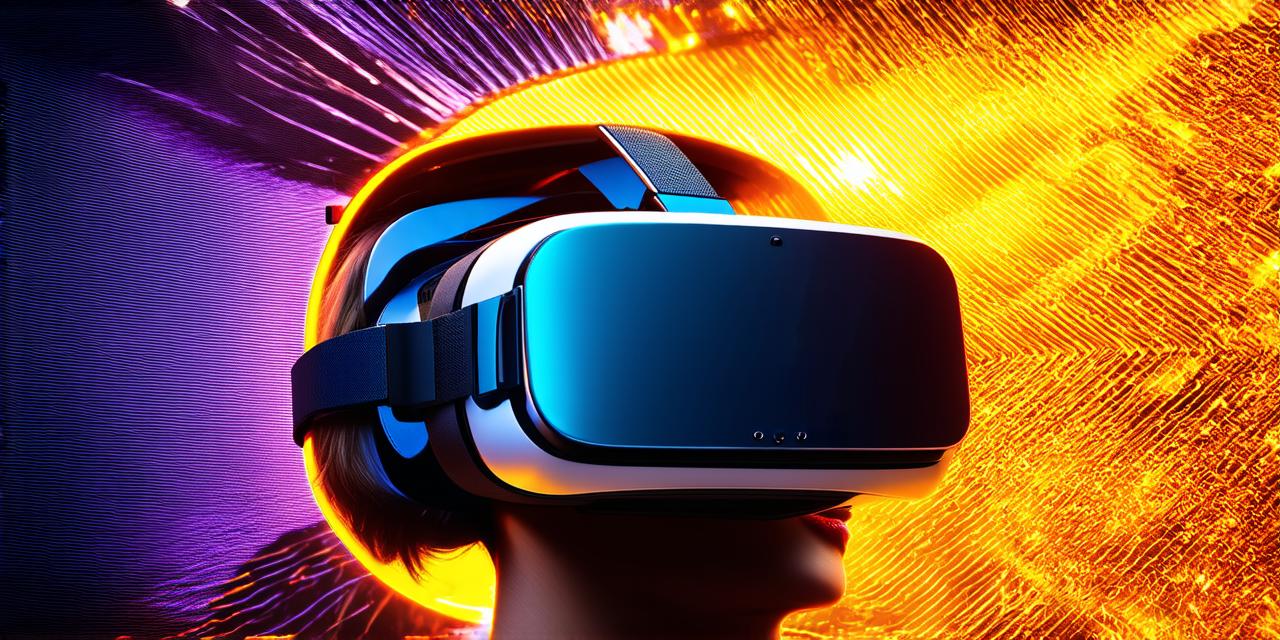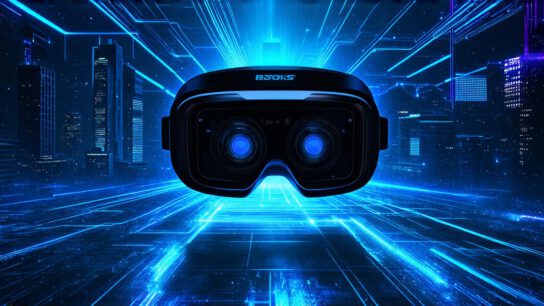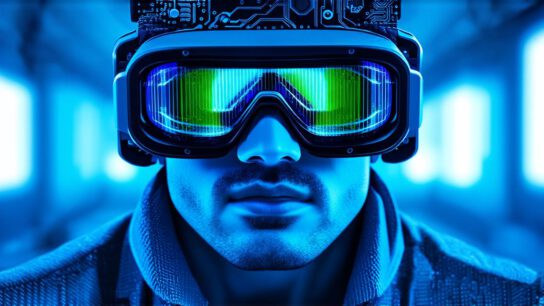As virtual reality (VR) technology continues to grow in popularity, there are concerns about its potential impact on mental health. One of the most significant concerns is the possibility that VR could exacerbate or even cause schizophrenia, a serious psychiatric disorder characterized by hallucinations and delusions.
Schizophrenia is a complex condition that affects around 1% of the population worldwide. It is caused by a combination of genetic and environmental factors, and it can be challenging to diagnose and treat. While the exact cause of schizophrenia is unknown, there are several theories about how it develops.
One theory is that certain neurotransmitters in the brain, such as dopamine, are involved in the development of schizophrenia. Another theory is that environmental factors, such as stress or trauma, can trigger the onset of symptoms. However, there is still much that is unknown about the condition, and it remains a mystery why some people develop schizophrenia while others do not.
Virtual reality technology has been around for several decades, but it is only in the last few years that it has become more accessible and affordable. VR technology involves immersing users in a computer-generated environment through the use of headsets or other devices.
While VR can be a fun and exciting way to explore new worlds and experiences, there are concerns about its potential impact on mental health.
One of the main concerns is that VR could exacerbate or even cause symptoms of schizophrenia. For example, some people with schizophrenia may already experience hallucinations or delusions, which can be triggered by sensory stimuli such as bright lights or loud noises. VR technology can create highly realistic and immersive environments that could potentially trigger these symptoms in sensitive individuals.
Furthermore, some research suggests that VR could alter the way the brain processes information, which could have long-term effects on mental health. For example, a study published in the journal JAMA Psychiatry found that VR exposure can lead to changes in the structure and function of the brain’s default mode network, which is responsible for self-reflection and introspection. These changes could potentially increase the risk of developing schizophrenia or other mental health conditions.
Despite these concerns, there is also some evidence that VR technology can be used as a tool to help people with schizophrenia. For example, VR therapy has been shown to be effective in reducing symptoms of anxiety and depression in individuals with schizophrenia. Additionally, VR technology can be used to create simulations of real-world situations, which could potentially help people with schizophrenia learn how to cope with everyday challenges.
Overall, the potential link between virtual reality and schizophrenia is still an area of ongoing research and debate. While there are certainly concerns about the potential impact of VR on mental health, there is also evidence that VR technology can be used as a tool for therapeutic purposes. As VR technology continues to evolve and become more widely available, it will be important to carefully consider its potential effects on mental health and to use it responsibly.
One example of how VR technology has been used for therapeutic purposes is in the treatment of post-traumatic stress disorder (PTSD). PTSD is a mental health condition that can develop after exposure to traumatic events, such as natural disasters, accidents, or combat. Traditional therapy for PTSD often involves exposing patients to controlled environments in which they can confront and process their fears and memories. VR technology has been used to create highly realistic simulations of these environments, which can be used to expose patients to controlled environments in a safe and controlled manner.
Another example of how VR technology has been used for therapeutic purposes is in the treatment of anxiety disorders. Anxiety disorders are characterized by excessive and unrealistic worry or fear. Traditional therapy for anxiety disorders often involves cognitive-behavioral techniques, which involve identifying and challenging negative thought patterns.



